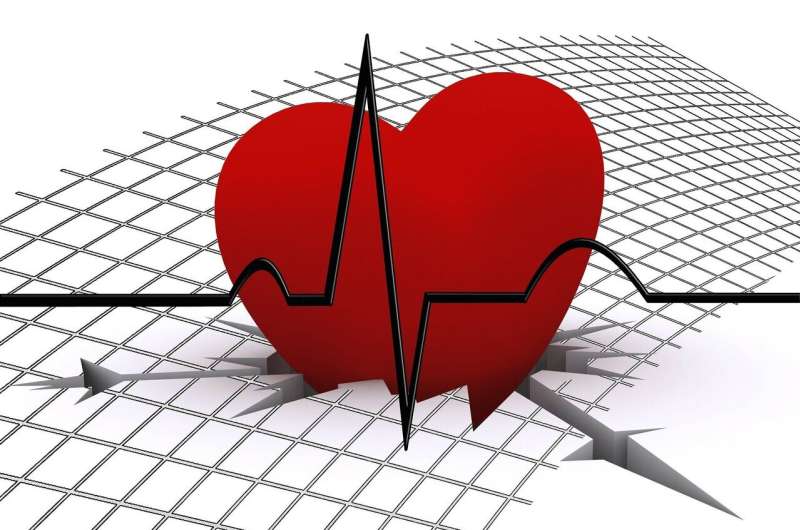Multicenter Study Demonstrates Effectiveness of Near-Infrared Autofluorescence in Detecting Parathyroid Glands

A large multicenter trial confirms that near-infrared autofluorescence technology greatly improves the detection of parathyroid glands during neck surgery, reducing risks and enhancing surgical precision.
A comprehensive multicenter clinical trial led by Vanderbilt University and Vanderbilt University Medical Center has provided compelling evidence that near-infrared autofluorescence (NIRAF) technology significantly enhances the intraoperative identification of parathyroid glands (PGs). This advancement is particularly important during endocrine neck surgeries such as thyroidectomy and parathyroidectomy, where accurate localization of PGs is critical to prevent postoperative complications like hypoparathyroidism.
The study involved 752 patients undergoing surgery for hyperthyroidism or thyroid disease across four major medical centers, including Vanderbilt, the University of Michigan, UC-San Francisco, and the Medical College of Wisconsin-Milwaukee. The trial assessed the use of a device incorporating the FDA-approved PTeye probe, developed by Vanderbilt’s Biophotonics Center, which emits fluorescence signals emitted by PG tissue. This device leverages the property that parathyroid tissue naturally fluoresces more intensely in the near-infrared range compared to surrounding tissues, allowing surgeons to identify glands with high precision.
Results showed a notable increase in the number of PGs detected when using the NIRAF device. For bilateral procedures, the average number of glands identified rose from 3.2 to 3.5, while during thyroidectomies, the count increased from 2.8 to 3.3. Importantly, the technology did not significantly alter the rates of transient or long-term hypoparathyroidism, indicating its safety and potential to improve surgical outcomes.
The device's development was driven by Vanderbilt's efforts to translate laboratory findings into clinical practice. Dr. Anita Mahadevan-Jansen explained that PGs emit a stronger autofluorescence signal than other neck tissues, enabling their glow during surgery. This capability facilitates more accurate and efficient gland detection, reducing the risk of inadvertent damage or removal.
While normal PGs are small and often indistinguishable from adjacent tissues, the use of NIRAF technology has demonstrated an accuracy rate of approximately 97% in detecting these glands, surpassing traditional visual identification methods. Dr. Carmen Solórzano emphasized that PGs can be located anywhere from below the jaw to the chest, underscoring the importance of advanced imaging tools in surgery.
This trial marks a significant advancement toward integrating autofluorescence technology into standard endocrine surgery protocols, ultimately aiming to improve patient outcomes by minimizing complications associated with gland misidentification.
Stay Updated with Mia's Feed
Get the latest health & wellness insights delivered straight to your inbox.
Related Articles
Benefits of Heart-Healthy Lifestyle Extend to Whole Body, New Study Reveals
Research from Emory University confirms that heart-healthy habits positively impact the entire body, reducing chronic disease risk and improving overall well-being.
Men with Hidradenitis Suppurativa Report Better Perceptions of Physician Communication
A groundbreaking study finds that male patients with hidradenitis suppurativa perceive their physicians as more respectful, listening, and explanatory, highlighting the need for improved communication with female patients.
Innovative Rapid and Comfort-Driven Breast Imaging Technology Shows Promise in Early Clinical Trials
A new rapid, pain-free breast imaging system combining photoacoustic and ultrasound technologies shows great potential in early clinical testing, promising improved detection and patient comfort for breast cancer screening.
Menstrual Cycle Phases and Their Impact on Alcohol Cravings and Consumption
A study presented at the 2025 Research Society on Alcohol meeting reveals that menstrual cycle hormones significantly influence alcohol cravings and consumption patterns in women. Understanding these hormonal effects can enhance targeted interventions for alcohol use disorder.



